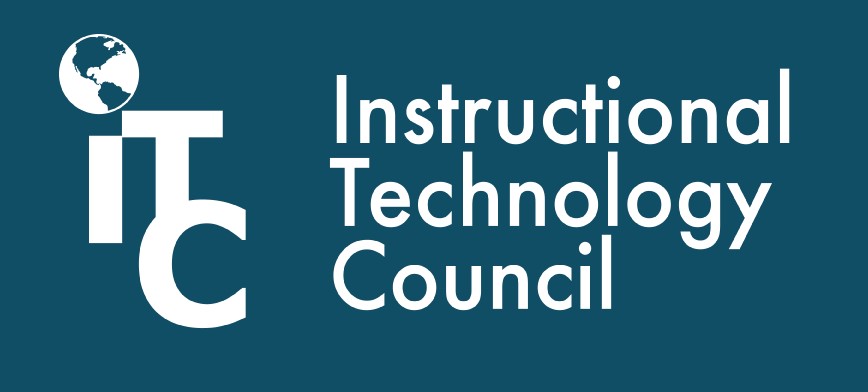For many community colleges, instructional design and online faculty support consist of a small team of individuals who wear many hats. These individuals often have different titles from organization to organization, such as learning content designer, instructional technology specialist or course developer.

Even the team’s placement in an institutional hierarchy can be tricky; some colleges place instructional design (ID) and support under academics while at other organizations, it resides with technology. Online learning has been steadily growing since the 1990s, but instructional design as an industry is still experiencing some growing pains.
This article is part of a biweekly series provided by the Instructional Technology Council, an affiliated council of the American Association of Community Colleges.
One of the challenges in the instructional design industry is how to fit into a college’s landscape and vision. While every college’s goal is to develop rigorous, engaging and dynamic online courses, the dichotomy of the position can be hindered in developing and implementing course design processes along with reinforcing the teams or department’s best practices or values.
This should not discourage instructional designers, specialists or developers. There may be a feeling of being stuck in the middle of technology and academics or even floating in a void between leadership and followership. Your professional relationship with different levels of administration, faculty and students (yes, remember, we’re doing this all for them) may be wibbly wobbly, but as an individual, you can empower your community from your position through influence.
Build influential relationships
Think about the stakeholders at your college. Not just the higher-ups, but the individuals who can really benefit from your skills, experience, and innovation. By connecting with program coordinators, you can find out when there are curriculum or textbook changes which means instructors may want to refresh their courses. Reaching out and working with professional development committees can ensure your place at events or training sessions. If you come across a course that could use some reorganization or improvement, go to the instructor and let them know you have some ideas to improve the course site and could you put something together to show them in a sandbox course. Working with adjunct coordinators will help your tiny team connect with your college’s largest instructor pool. All these options can increase your reach of influence.
Listen and ask
Once you have a seat at the table, do not hurdle your design agenda at people. Sit and listen first. Find out what are the pain points for each team or program. Ask what online class challenges they have been facing or what their teams have been talking about.
Once you collect information, do some research and reflection, and think about how your team can help solve it. If you find instructors are struggling with a certain tool in the learning management system, add more training to your schedule or coordinate a program-wide training session. You may get a new perspective on one of your initiatives or discover a problem your team wasn’t aware of and could easily solve by just listening. Remember to empower the people you can influence by inviting them to make suggestions for improvements.
You gotta tell ‘em to sell ‘em
Not everyone speaks “instructional design,” so before pitching a menu redesign or methods for curating lesson plans, build it — maybe even build several versions of your vision. Since higher education has so many moving parts, many planning conversations tend to be drawn out or revolve around “what ifs” and speculation.
On the administrative side of our duties, IDs are a safety net for instructors and students. To present your ideas more concisely, be prepared with concrete examples to “sell” your ideas instead of just suggesting them. Not only will this show you value different perspectives, but this will minimize extensive preplanning so you can spend more time refining, training or implementing your project. In the classroom, instructors model good practices with sample discussion posts or sharing successful projects from previous students. Do the same for instructional design. Show ‘em how it’s done!





